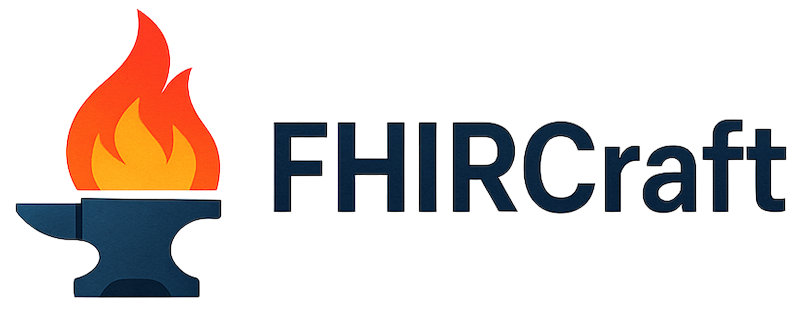When we create a FHIR repository in IRIS, we have an endpoint to access information, create new resources, etc. But there are some resources in FHIR that probably we wont have in our repository, for example, Binary resource (this resource returns a document, like PDF for example).
I have created an example that when a Binary resource is requested, FHIR endpoint returns a response, like it exists in the repository.

.png)
.png)




.png)
